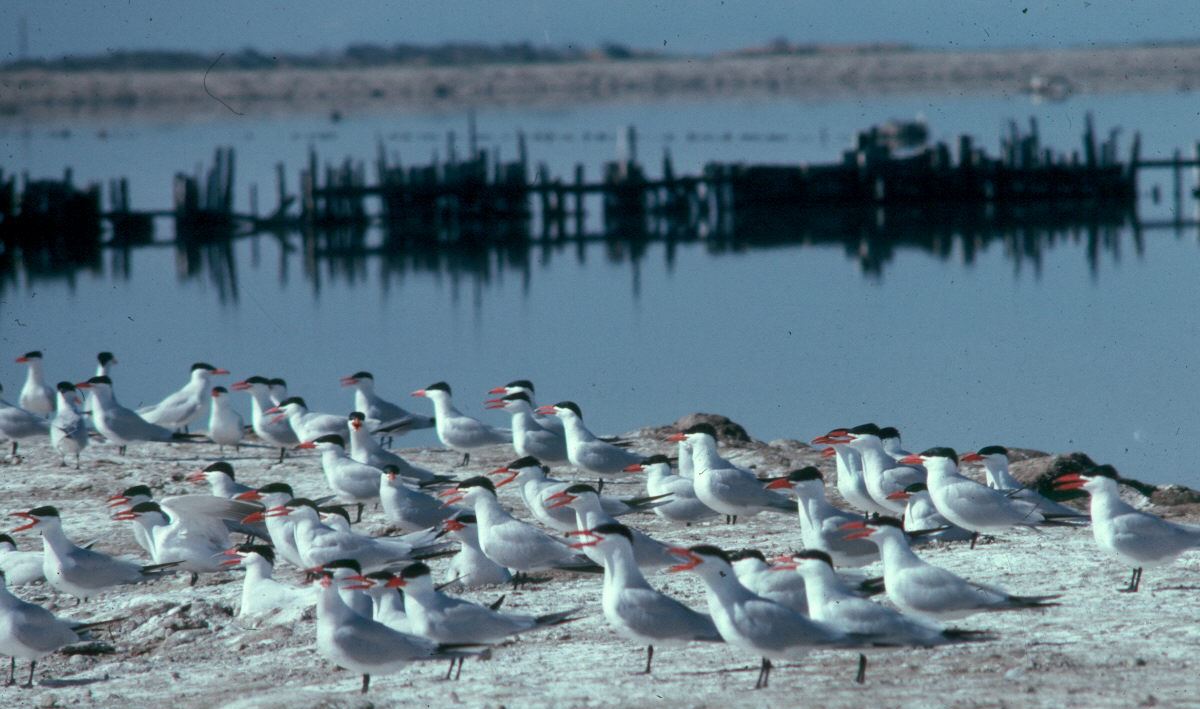Wait…Are Salt Ponds Good or Bad?
Hi and welcome back!
One goal of this blog was listing the Top Ten Questions I get about this Restoration Project. You can check out previous entries on that list here. Here’s a question from the rest of the Top 10.
Are salt ponds good or bad?
The answer is not obvious. Because we are doing our best to convert over 15,000 acres of former salt-production ponds into tidal marsh or improved managed ponds for habitat purposes, it would be understandable to think they were “bad” from the perspective of what is best for the environment or local biological communities. But it’s not entirely correct
Salt ponds are certainly not natural systems. They are highly modified systems much like croplands or ranchlands or forests managed for timber production are. And while each of those examples represents a loss of the state of nature from pre-development times, they nevertheless provide some habitat value for some species at least some of the time. Some bird species like phalaropes and eared grebes prefer to forage in the high-salinity ponds that were at the end of the chain of salt production, which involved gradually evaporating water and concentrating the salts.
Further, many former salt ponds – the ones near the beginning of that industrial salt-concentrating process – are only a little saltier than the ambient conditions of San Francisco Bay. The microbes and aquatic invertebrates that can live and grow in these ponds provide food sources for fish and birds as well. Even the periodically dry salt moonscapes that we call “salt pannes” can host western snowy plovers and multiple tern species.
Lastly, berms that rise from within salt ponds are good roosting spots for many bird species, as they are typically located away from terrestrial predators (such as raccoons or feral cats) and from frequent human disturbance.
From an ecological perspective, it’s not as simple as whether salt ponds are ‘good’ or ‘bad.’ Nature is pretty adaptable, and at least some different kinds of organisms have figured out how to make use of them. We still want to restore our former salt-production ponds to tidal marsh or keep them as ponds but enhance them to make their waters more like those of the Bay and thus even more useful to wildlife. But they aren’t without their benefits.
You can learn more about the habitat values of salt marsh and ponds from our Wetlands Factsheets, available here.


